The price is available ON REQUEST
Knee Arthroscopy is an important surgical intervention to diagnose and resolve knee injuries. The various issues which require knee arthroscopy for correction are, torn anterior or posterior cruciate ligaments, torn meniscus (the cartilage between the bones in the knee), an out of location patella, torn loose pieces of cartilage, removal of Baker’s cyst, knee bones fractures, and swollen synovium (the joint lining).
Prague, or Praha, the Czech Republic's capital city is known for its architecture, music, the river Vltava, cafes, historic gardens and parks, monuments, and breathtaking views. As a medical traveler to Prague, you can get the required treatment done and explore the beauty of the city. Prague also has really good hospitals with surgical equipment enabled with all technical advancements and manned by great doctors specializing in many fields. Knee Arthroscopy in Prague promises to be a perfect experience and you are bound to come back satisfied. The travel, transfer, and rehabilitation process are going to be smooth as well. Some of the good hospitals, clinics, and rehabilitation centers in Prague and other places in Czechia are listed below:
The cost of getting Knee Arthroscopy in Czechia is US$ 1450 to US$ 2650. Knee Arthroscopy cost in Prague is inclusive of many components. These are clinical examination, X-rays, arthroscopic surgery, general or local anesthesia, hospital costs, and post-operative referrals.
| Country | Minimum Cost | Minimum Local Currency | Maximum Cost | Maximum Local Currency |
|---|---|---|---|---|
| India | USD 3500 | INR 291025 | USD 4500 | INR 374175 |
| Thailand | USD 5500 | THB 196075 | USD 9000 | THB 320850 |
| Turkey | USD 4500 | TRY 135630 | USD 6500 | TRY 195910 |
| United Arab Emirates | USD 7300 | AED 26791 | USD 9500 | AED 34865 |
Treatment cost
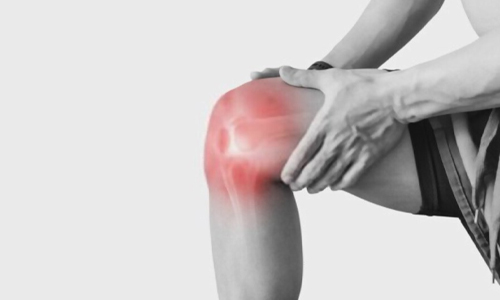
We provide numerous services for your medical journey, including:
We offer packages at reasonable pricing that include a variety of additional advantages, making it a better deal than paying for individual perks at the hospital. Knee Arthroscopy is an orthopaedic surgery that can be used for diagnosis and treatment of several problems in the knee joint. It is a minimal invasive procedure and a tiny camera called an arthroscopy will be inserted in the patient�s knee, which can diagnose and rectify the issue using a small instrument within the arthroscope. Knee Arthroscopy is widely used for treatment of torn meniscus, misaligned patella or to repair the ligaments of the joint. Knee arthroscopy procedure may need a general or local anaesthesia., We offer the best Knee Arthroscopy comprehensive and discounted packages in India. Knee Arthroscopy at Sarvodaya Hospital and Research Centre is an all-inclusive package, with additional advantages.
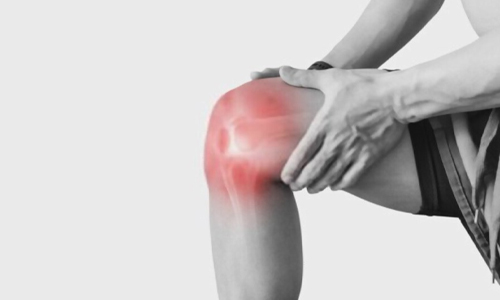
Some of the key inclusions which we provide as additional benefits of the package are:
We offer packages at reasonable pricing that include a variety of additional advantages, making it a better deal than paying for individual perks at the hospital.
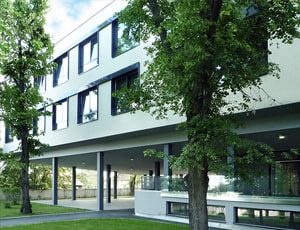
The cost for Knee Arthroscopy ranges from USD 4140 - 5410 in Rehabilitation Clinic Malvazinky
Rehabilitation Clinic Malvazinky located in Prague, Czechia is accredited by JCI. Also listed below are some of the most prominent infrastructural details:
SPECIALITIES
FACILITIES & AMENITIES

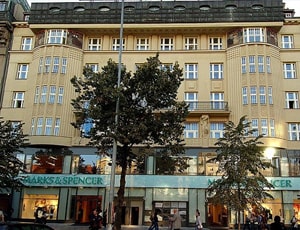
Apart from in-detail treatment procedures available, Forme Clinic located in Prague, Czechia has a wide variety of facilities available for International Patients. Some of the facilities which are provided by them are Accommodation, Airport Transfer, Choice of Meals, Interpreter, SIM, TV inside room. Also listed below are some of the most prominent infrastructural details:
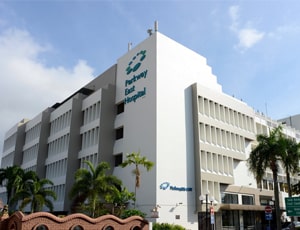
Parkway East Hospital located in Joo Chiat Pl, Singapore is accredited by JCI. Also listed below are some of the most prominent infrastructural details:
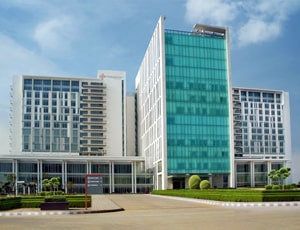
Types of Knee Arthroscopy in Medanta - The Medicity and its associated cost
| Treatment Option | Approximate Cost Range (USD) | Approximate Cost Range (INR) |
|---|---|---|
| Knee Arthroscopy (Overall) | 2758 - 4504 | 227644 - 365425 |
| Meniscus Repair | 1103 - 2788 | 93675 - 232662 |
| ACL Reconstruction | 2792 - 4418 | 231597 - 370643 |
| Cartilage Repair | 2251 - 3926 | 181494 - 323900 |
DOCTORS IN 14 SPECIALITIES
FACILITIES & AMENITIES
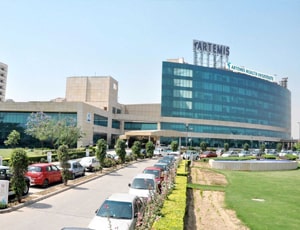
Types of Knee Arthroscopy in Artemis Health Institute and its associated cost
| Treatment Option | Approximate Cost Range (USD) | Approximate Cost Range (INR) |
|---|---|---|
| Knee Arthroscopy (Overall) | 2811 - 4491 | 231505 - 362044 |
| Meniscus Repair | 1130 - 2753 | 90938 - 234375 |
| ACL Reconstruction | 2868 - 4410 | 230616 - 375897 |
| Cartilage Repair | 2218 - 3870 | 183964 - 319725 |
DOCTORS IN 15 SPECIALITIES
FACILITIES & AMENITIES
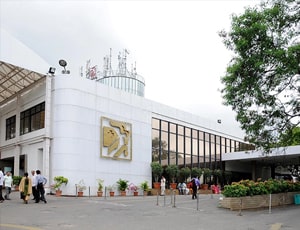
Types of Knee Arthroscopy in Apollo Hospitals and its associated cost
| Treatment Option | Approximate Cost Range (USD) | Approximate Cost Range (INR) |
|---|---|---|
| Knee Arthroscopy (Overall) | 2799 - 4471 | 233758 - 362302 |
| Meniscus Repair | 1101 - 2813 | 93419 - 231223 |
| ACL Reconstruction | 2794 - 4486 | 232812 - 367164 |
| Cartilage Repair | 2256 - 3867 | 181965 - 317859 |
DOCTORS IN 14 SPECIALITIES
FACILITIES & AMENITIES
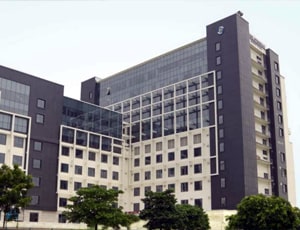
Types of Knee Arthroscopy in Venkateshwar Hospital and its associated cost
| Treatment Option | Approximate Cost Range (USD) | Approximate Cost Range (INR) |
|---|---|---|
| Knee Arthroscopy (Overall) | 2538 - 4061 | 208343 - 333024 |
| Meniscus Repair | 1012 - 2527 | 83074 - 207779 |
| ACL Reconstruction | 2543 - 4075 | 207457 - 331956 |
| Cartilage Repair | 2022 - 3569 | 165646 - 291849 |
DOCTORS IN 13 SPECIALITIES
FACILITIES & AMENITIES
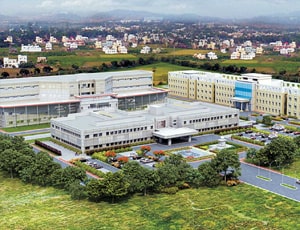
Types of Knee Arthroscopy in Global Health City and its associated cost
| Treatment Option | Approximate Cost Range (USD) | Approximate Cost Range (INR) |
|---|---|---|
| Knee Arthroscopy (Overall) | 2771 - 4571 | 228273 - 372863 |
| Meniscus Repair | 1107 - 2819 | 90290 - 230939 |
| ACL Reconstruction | 2823 - 4475 | 226316 - 368613 |
| Cartilage Repair | 2255 - 3941 | 187208 - 322433 |
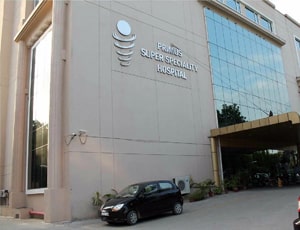
Types of Knee Arthroscopy in Primus Super Speciality Hospital and its associated cost
| Treatment Option | Approximate Cost Range (USD) | Approximate Cost Range (INR) |
|---|---|---|
| Knee Arthroscopy (Overall) | 2543 - 4041 | 207733 - 333398 |
| Meniscus Repair | 1014 - 2525 | 83342 - 207315 |
| ACL Reconstruction | 2535 - 4053 | 208178 - 334286 |
| Cartilage Repair | 2033 - 3554 | 166564 - 290994 |
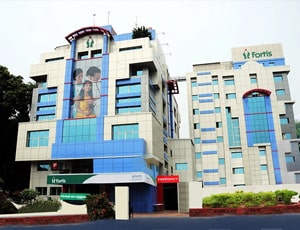
Types of Knee Arthroscopy in Fortis Malar Hospital and its associated cost
| Treatment Option | Approximate Cost Range (USD) | Approximate Cost Range (INR) |
|---|---|---|
| Knee Arthroscopy (Overall) | 2539 - 4077 | 207215 - 331391 |
| Meniscus Repair | 1010 - 2535 | 83166 - 207465 |
| ACL Reconstruction | 2545 - 4041 | 207198 - 333044 |
| Cartilage Repair | 2026 - 3541 | 166256 - 292087 |
DOCTORS IN 9 SPECIALITIES
FACILITIES & AMENITIES
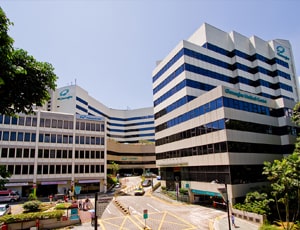
Gleneagles Hospital located in Napier Road, Singapore is accredited by JCI. Also listed below are some of the most prominent infrastructural details:
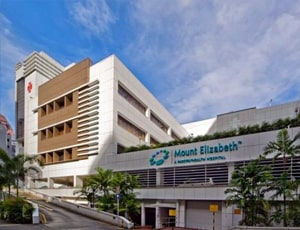
Mount Elizabeth Hospital located in Singapore, Singapore is accredited by JCI. Also listed below are some of the most prominent infrastructural details:

Types of Knee Arthroscopy in Sterling Wockhardt Hospital and its associated cost
| Treatment Option | Approximate Cost Range (USD) | Approximate Cost Range (INR) |
|---|---|---|
| Knee Arthroscopy (Overall) | 2526 - 4069 | 209086 - 331822 |
| Meniscus Repair | 1012 - 2544 | 83498 - 207723 |
| ACL Reconstruction | 2529 - 4067 | 207471 - 334558 |
| Cartilage Repair | 2038 - 3554 | 167049 - 290946 |
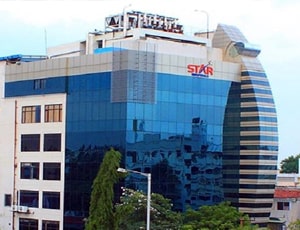
Types of Knee Arthroscopy in Star Hospitals and its associated cost
| Treatment Option | Approximate Cost Range (USD) | Approximate Cost Range (INR) |
|---|---|---|
| Knee Arthroscopy (Overall) | 2359 - 3739 | 190731 - 302832 |
| Meniscus Repair | 937 - 2305 | 76399 - 194523 |
| ACL Reconstruction | 2324 - 3728 | 194737 - 311359 |
| Cartilage Repair | 1871 - 3268 | 152651 - 266062 |

Types of Knee Arthroscopy in Medicana International Istanbul and its associated cost
| Treatment Option | Approximate Cost Range (USD) | Approximate Cost Range (TRY) |
|---|---|---|
| Knee Arthroscopy (Overall) | 5164 - 9077 | 155637 - 274813 |
| Meniscus Repair | 2802 - 5109 | 86332 - 150592 |
| ACL Reconstruction | 4015 - 6751 | 118216 - 206323 |
| Cartilage Repair | 5082 - 9460 | 152338 - 288419 |
DOCTORS IN 10 SPECIALITIES
FACILITIES & AMENITIES
Knee arthroscopy is a “ minimally invasive surgical procedure”. The doctor uses knee arthroscopy to diagnose and treat a range of knee injuries. Your healthcare provider makes a small incision and then inserts a long, thin tool with a camera on the end. The camera shows images of the inside of your knee, which helps your healthcare provider make a diagnosis of your injury.
It is a minimally invasive alternative to total knee replacement and other forms of knee replacement surgery. It is a surgical procedure used to diagnose and treat structural problems within joints that often lead to pain, instability, or other dysfunctions. During the procedure, a surgeon uses an arthroscope—a long, thin tube equipped with a video camera and light—to examine the inside of the joint.
Which conditions required knee arthroscopy?
Before your knee arthroscopy, the doctor will administer an anesthetic. The type of anesthesia may vary: Local anesthesia: Numbs only knee. Regional anesthesia: Numbs the area from your waist down.General anesthesia: It Puts you completely sleep.
If Patient are awake during the procedure, Patient might have the opportunity to watch it on a monitor.
The surgeon will begin by making a few small incisions (cuts) in your knee. Sterile salt water (saline) will then be pumped into the knee to expand it, providing a clearer view of the joint. The arthroscope, equipped with a camera, will be inserted through one of the cuts, allowing the surgeon to examine the inside of your knee on a monitor in the operating room.
Once the problem in your knee is identified, the surgeon will use small tools inserted through the incisions to correct the issue. After the surgery, the surgeon will drain the saline from your joint and close the incisions with stitches.
Patients are discharged from the hospital as soon as they are comfortable walking with the help of crutches, often on the same day or the day after surgery.
Recovery time following knee arthroscopy is minimal, with most patients recovering within a few days. An Ace bandage is applied to the surgical site to reduce swelling and pain in the leg. It is important to keep the wound clean and dry. The surgeon should be notified if there is continuous drainage or an elevated body temperature.
Ask your healthcare adviser for the best multiple options and choose the one that meets your expectations
USD 5000 is the starting cost of Knee Arthroscopy Surgery in Czechia. Many multispeciality hospitals which are OECI, JCI, TEMOS certified are approved to operate a Knee Arthroscopy in Czechia
The Knee Arthroscopy package cost in Czechia varies from one hospital to another and may offer different benefits. The Knee Arthroscopy package cost usually includes all the expenses related to pre and post surgery expenses of the patient. Typically, the package cost of Knee Arthroscopy in Czechia includes the expenses related to the surgeon's fee, anesthesia, hospital, meals, nursing and ICU stay. There are many things that may increase the cost of Knee Arthroscopy in Czechia, including prolonged hospital stay and complications after the procedure.
There are many hospitals across the country that offer Knee Arthroscopy to international patients. Some of the most renowned hospitals for Knee Arthroscopy in Czechia include the following:
After discharge from the hospital, the patient has to stay for another 10 days in the country for complete recovery. This duration of stay is recommended to complete all the necessary follow-ups and control tests to ensure that the surgery was successful.
There are certain additional cost that the patient has to pay apart from the Knee Arthroscopy cost. The per day extra expenses in Czechia per person are about USD 50 per person.
Some of the cpopular cities in Czechia that offer Knee Arthroscopy include the following:
The patient is supposed to stay at the hospital for about 1 days after Knee Arthroscopy for monitoring and care. During the recovery, the patient is carefully monitored and control tests are performed to see that everything is okay. If required, physiotherapy sessions are also planned during recovery in hospital.
There are more than 1 hospitals that offer Knee Arthroscopy in Czechia. The above listed hospitals are approved to perform the surgery and have proper infrastructure to handle Knee Arthroscopy patients. Additionally, these hospitals are known to comply with the international standards as well as local legal requirements for the treatment of patients.